The iPhone XS & XS Max Review: Unveiling the Silicon Secrets
by Andrei Frumusanu on October 5, 2018 8:00 AM EST- Posted in
- Mobile
- Apple
- Smartphones
- iPhone XS
- iPhone XS Max
Camera - Daylight - More HDR & Portrait
I wanted to have a second page of daylight photos because I wanted to spend a bit more time and have a tad more varied scenes for to test Apple’s SmartHDR – please enjoy.
[ iPhone XS ] - [ iPhone X ] - [ iPhone 7 ] - [ iPhone 6S ]
[ Galaxy Note9 ] - [ Galaxy S9+ ] - [ Galaxy S8 ]
[ LG G7 ] - [ LG G6 ] - [ LG V30 ] - [ OnePlus 6 ]
[ Mi MIX2S ] - [ Pixel 2XL ] - [ P20 Pro ]
This tunnel was a fun little test – the other end was sunlit while obviously quite dark from my side. I thought this would be a good little visual representation of the raw dynamic ranges that the phones would be able to capture.
Indeed, the iPhone XS is able to go a lot further into the end of the tunnel than the iPhone X, or for that matter, most other phones. This is an extreme show-case of Apple’s new HDR processing and how it’s able to play with bright highlights in scenes.
[ iPhone XS ] - [ iPhone X ] - [ iPhone 7 ] - [ iPhone 6S ]
[ Galaxy Note9 ] - [ Galaxy S9+ ] - [ Galaxy S8 ]
[ LG G7 ] - [ LG G6 ] - [ LG V30 ] - [ OnePlus 6 ]
[ Mi MIX2S ] - [ Pixel 2XL ] - [ P20 Pro ]
One scenario that Apple showcased during the keynote was a shot directly facing the sun. I’ve had users in previous reviews bombard me with comments as to that’s not how you should take a photo. To them I say: that’s an outdated notion of photography.
As computational photography becomes an ever increasingly common theme in devices, we’ll see more and more scenes like this one where shooting against the sun should be no issue at all.
The iPhone XS dramatically improves the shadow detail, and is able to notably reduce the sun’s halo in this shot, but I do think Apple might have overpromised a bit on the notion of computational photography. The best counter-example of this is to just switch over to what the Huawei P20 Pro was able to achieve in its 10MP AI mode, by far surpassing all other phones in the captured dynamic range of the scene. This facet of smartphone photography really opens up a new area of competition, and hopefully we’ll be seeing some exciting things in the future.
[ iPhone XS ] - [ iPhone X ] - [ iPhone 7 ] - [ iPhone 6S ]
[ Galaxy Note9 ] - [ Galaxy S9+ ] - [ Galaxy S8 ]
[ LG G7 ] - [ LG G6 ] - [ LG V30 ] - [ OnePlus 6 ]
[ Mi MIX2S ] - [ Pixel 2XL ] - [ P20 Pro ]
This shot follows the same themes we saw on the previous page, the iPhone XS handles the shadows a lot better and gives a lot more details over the iPhone X.
Samsung again opts for a much brighter picture, but I do think it comes at some cost of detail. Again I think the OnePlus 6’s HDR processing is an excellent middle-ground that would please most people, although Apple has a tad more natural look going for them.
[ iPhone XS ] - [ iPhone X ] - [ iPhone 7 ] - [ iPhone 6S ]
[ Galaxy Note9 ] - [ Galaxy S9+ ] - [ Galaxy S8 ]
[ LG G7 ] - [ LG G6 ] - [ LG V30 ] - [ OnePlus 6 ]
[ Mi MIX2S ] - [ Pixel 2XL ] - [ P20 Pro ]
In less direct sunlit environments, the difference between the iPhone X and XS might not be directly visible the thumbnails, however opening up the full resolution image showcases the XS’s significant increase of detail and textures throughout the whole scene. The larger pixels of the XS sensor along with the deeper DTI (deep trench isolation) results in significantly increased spatial resolution – even though the sensor has the same amount of pixels and even has a wider field of view, resulting in less pixels per given object.
Again Samsung tends for a brighter exposure that I think is a bit too much – detail slightly trails the XS. OnePlus bridges the two vendors in terms of exposure and detail.
[ iPhone XS ] - [ iPhone X ] - [ iPhone 7 ] - [ iPhone 6S ]
[ Galaxy Note9 ] - [ Galaxy S9+ ] - [ Galaxy S8 ]
[ LG G7 ] - [ LG G6 ] - [ LG V30 ] - [ OnePlus 6 ]
[ Mi MIX2S ] - [ Pixel 2XL ] - [ P20 Pro ]
This scene was mostly in the tree shadows, sun sunlit spots coming through the gaps. By now we should understand where the XS’ strengths are: brighter and more defined shadow details.
I think Apple nailed this shot and it has the best balance of exposure as well as the best detail retention. The OP6 closely followed in terms of exposure, but lost in terms of details. Samsung here just overdid it with exposure and just flattens the scene too much.
[ iPhone XS ] - [ iPhone X ] - [ iPhone 7 ] - [ iPhone 6S ]
[ Galaxy Note9 ] - [ Galaxy S9+ ] - [ Galaxy S8 ]
[ LG G7 ] - [ LG G6 ] - [ LG V30 ] - [ OnePlus 6 ]
[ Mi MIX2S ] - [ Pixel 2XL ] - [ P20 Pro ]
Finally the last shot, is again a good showcase of HDR of the different phones. The iPhone XS continues to perform very well here, showing the improvements we’ve seen in previous scenes. Again Samsung is brighter, but slightly loses out on details.
Portrait Mode
[ iPhone XS ] - [ iPhone X ]
[ Galaxy Note9 ] - [ LG G7 ]
[ OnePlus 6 ] - [ Mi MIX2S ] - [ Pixel 2XL ]
[ P20 Pro ]
Portrait mode is something that’s been quite the rage nowadays, and the iPhone XS promises to take advantage of its new inferencing engine power to create much better separation maps between the foreground subject and the background, to which the computational bokeh effect is applied.
Shooting in portrait mode on most phones means that the actual shot will be taken with the telephoto module, while the wide main camera is also doing work by serving as the depth sensor. Single-module phones such as the Pixel 2 rely solely on the computational power to discern between the subject and the background.
The results on the iPhone XS showcase a significant improvement in the image quality of portrait mode. First of all, the exposure and colour balance of the shot is just significantly better, something that’s universally valid for telephoto shots on the new XS.
The actual bokeh effect on the XS looks to be applied a lot more graduated, and while it’s still possible to see the edge of the pattern in some cases, it’s significantly improved.
This gradual application is what makes the iPhone’s portrait mode stand out to other phones. Only Huawei and Samsung somewhat manage to go a decent job, while all other phones look quite rubbish to be honest, with visible zigzag patterns around the subject.
Daylight Conclusion
Overall in daylight, the iPhone XS is easily a top-tier performer. One thing that I didn’t bring up throughout is picture capture consistency, and here the iPhone XS just shines. Every time you take a picture, you can be assured you will get a good shot – and there’s little to no difference in consecutive shots.
Apple’s new SmartHDR is a definite win, and allows for much more detail in the shadows, all while retaining good highlights in the scenes. The new sensor module is definitely showing its strengths even in daylight, as every shot that wasn’t in direct sunlight was able to showcase much improvements in terms of details as well as textures. I attribute this to the new sensor’s much improved DTI – something which results in the iPhone XS gaining quite a bit more resolved spatial resolution, even though the megapixel count is the same.
The new slightly wider viewing angle on the main camera is something that I enjoyed, and I hope Apple continues on in this regard. My iPhone X seems to suffer from lens defects in the left part of the scenes – the iPhone XS showcases no such chromatic aberrations and is sharp until the edge of the frame.
The biggest improvement seems to be on the telephoto lens. While on the iPhone X and before, the telephoto lens could result in quite different colours and exposures. On the iPhone XS the new module seems to be perfectly in balance with the main camera, so that there’s just very little difference in the picture between the two.
While sometimes I do prefer OnePlus 6’s HDR, the XS is more consistent in terms of detail throughout the scenes. Samsung’s Note9 and S9 also sometimes can get a better shot, however they have too much of a tendency to overexpose. I think overall, the iPhone XS takes the lead in terms of smartphone photography in daylight just because of its consistent shooting experience.


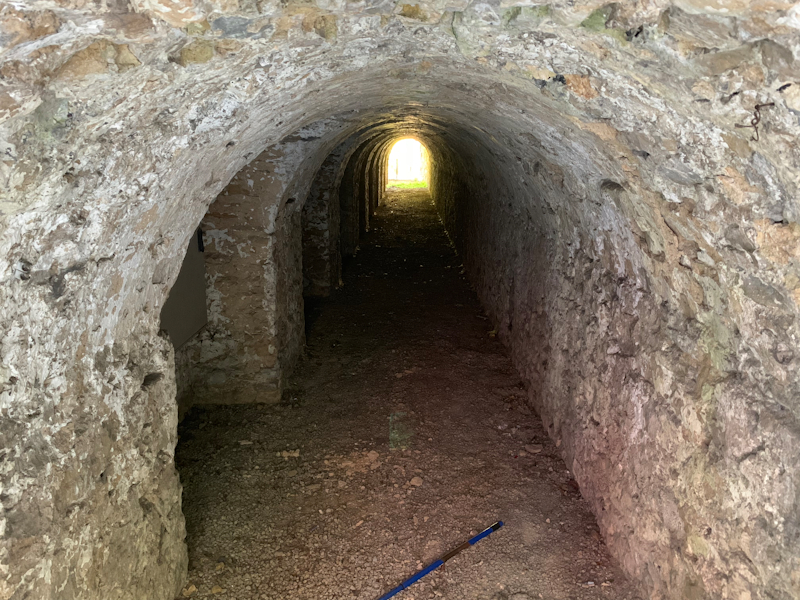
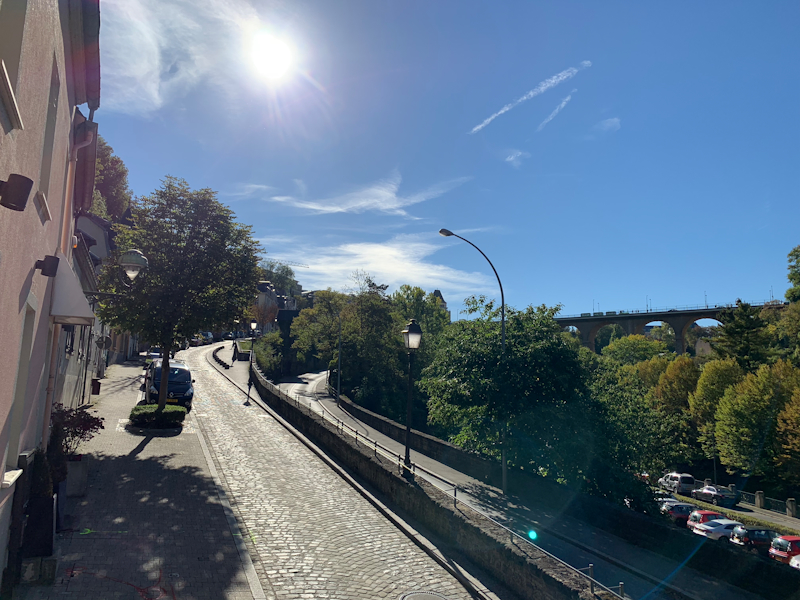
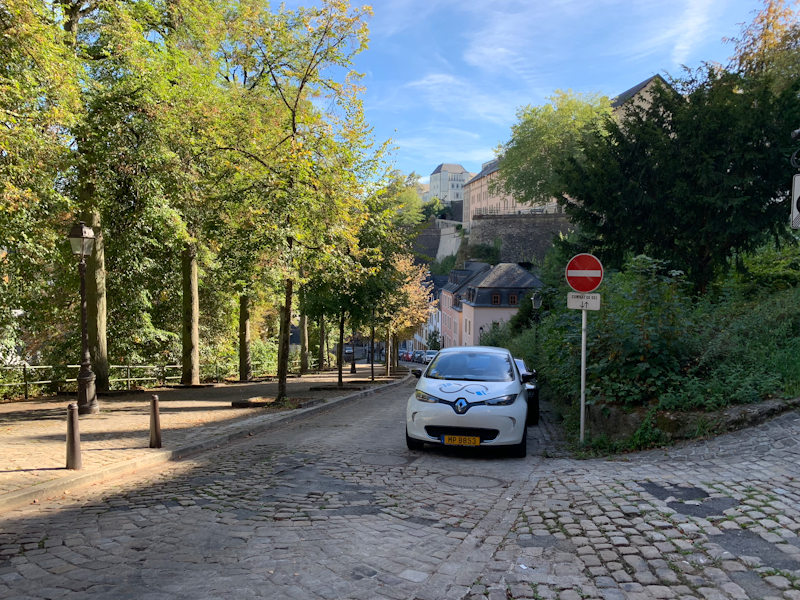
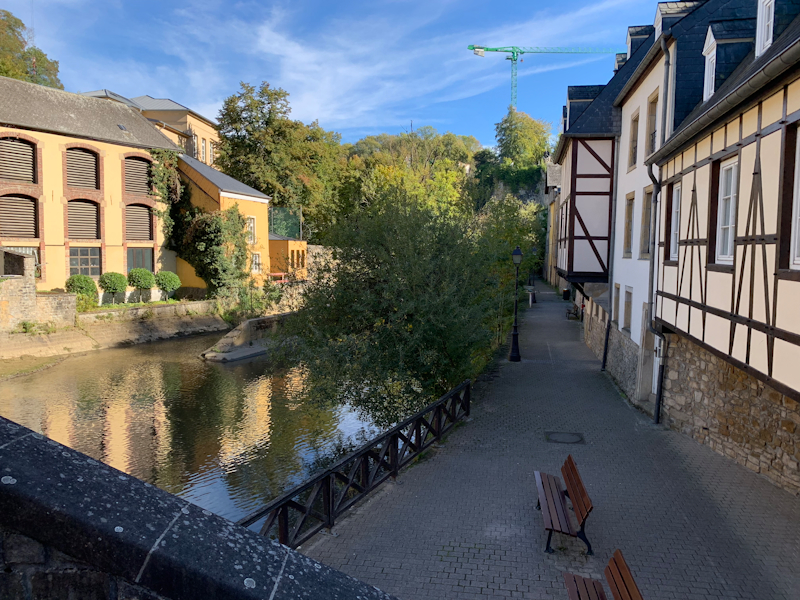
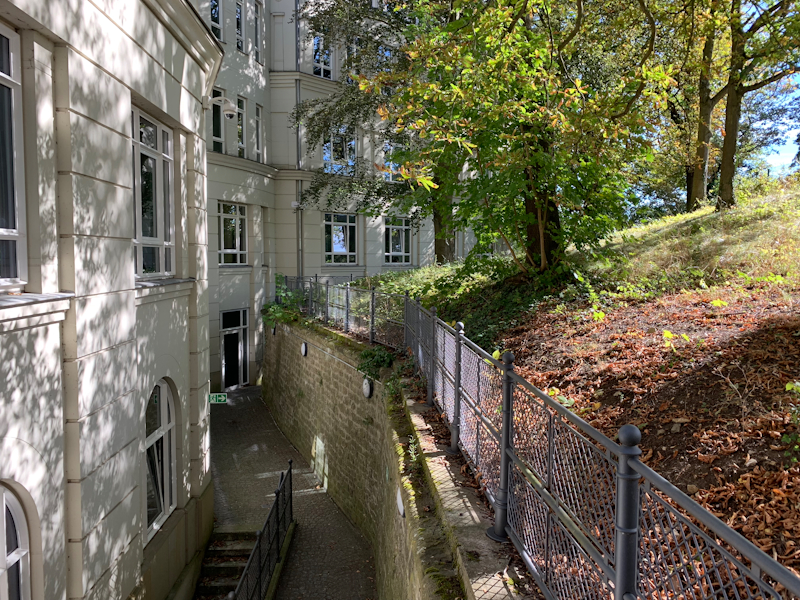
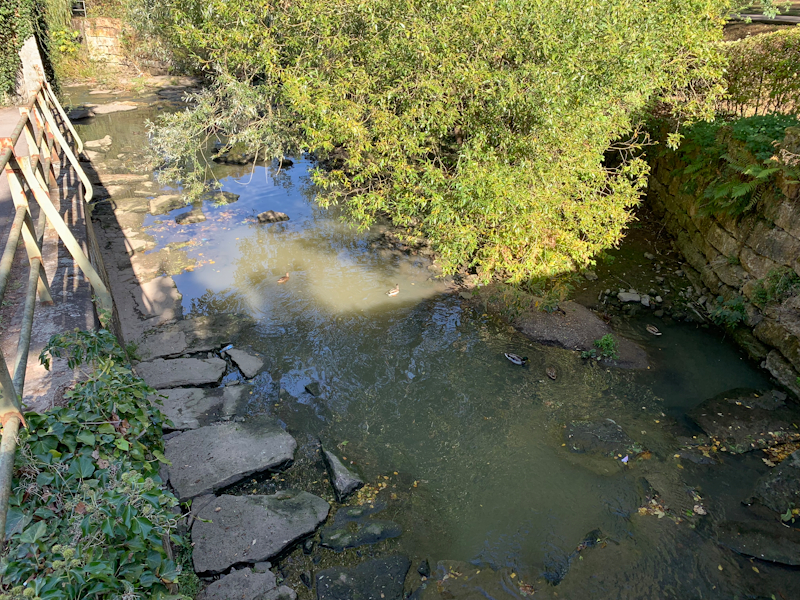
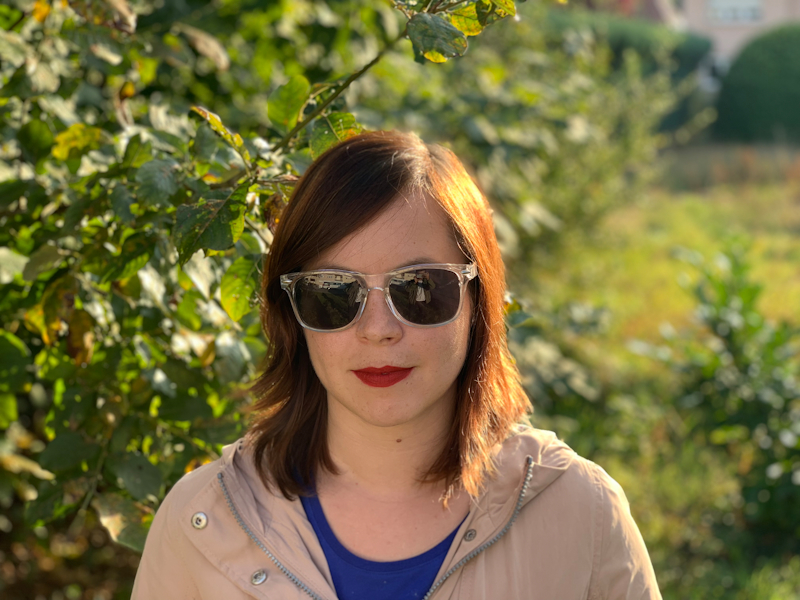








253 Comments
View All Comments
Andrei Frumusanu - Friday, October 5, 2018 - link
Pixels and Mate 20 are next in line.name99 - Friday, October 5, 2018 - link
Hi Andrei,A few comments/questions.
- the detailed Vortex and GPU die shots seem to bear no resemblance to the full SoC die shot. I cannot figure out the relationship no matter how I try to twist and reflect...
Because I can't place them, I can't see the physical relationship of the "new A10 cache" to the rest of the SoC. If it's TIGHTLY coupled to one core, one possibility is value prediction? Another suggested idea that requires a fair bit of storage is instruction criticality tracking.
If it's loosely coupled to both cores, one possibility is it's a central repository for prefetch? Some sort of total prefetching engine that knows the usage history of the L1s AND L2s and is performing not just fancy prefetch (at both L1s and L2s) but additional related services like dead block prediction or drowsiness prediction?
Andrei Frumusanu - Friday, October 5, 2018 - link
The Vortex and GPU are just crops of the die shot at the top of the page. The Vortex shot is the bottom core rotated 90° counter-clockwise, and the GPU core is either top left or bottom right core, again rotated 90° ccw so that I could have them laid out horizontally.The "A10 cache" has no relationship with the SoC, it's part of the front-end.
name99 - Friday, October 5, 2018 - link
OK, I got ya. Thanks for the clarification. I agree, no obvious connection to L2 and the rest of the SoC. So value prediction or instruction criticality? VP mostly makes sense for loads, so we'd expect it near LS, but criticality makes sense near the front end. It's certainly something I'm partial to, though it's been mostly ignored in the literature compared to other topics. I agree it's a long shot, but, like you said, what else is that block for?name99 - Friday, October 5, 2018 - link
"The benchmark is characterised by being instruction store limited – again part of the Vortex µarch that I saw a great improvement in."Can you clarify this? There are multiple possible improvements.
- You state that A12 supports 2-wide store. The impression I got was that as of A11, Apple supported the fairly tradition 2-wide load/1-wide store per cycle. Is your contention that even as of A11, 2 stores/cycle were possible? Is there perhaps an improvement here along the lines of: previously the CPU could sustain 3 LS ops/cycle (pick a combination from up to 2 loads and up to 2 stores) and now it can sustain 4 LS ops/cycle?
- Alternatively, are the stores (and loads) wider? As of A11, the width of one path to the L1 cache was 128 bits wide. It was for this reason that bulk loads and stores could run as fast using pair load-store integer as using vector load stores (and there was no improvement in using the multi-vector load-stores). When I spoke to some Apple folks about this, the impression I got was that they were doing fancy gathering in the load store buffers before the cache, and so there was no "instruction" advantage to using vector load/stores, whatever instruction sequence you ran, it would as aggressively and as wide as possible gather before hitting the cache. So if the LS queue is now gathering to 256 bits wide, that's going to give you double the LS bandwidth (of course for appropriately written, very dense back to back load/stores).
- alternatively do you simply mean that non-aligned load/stores are handled better (eg LS that crossed cache lines were formerly expensive and now are not)? You'd hope that code doesn't do much of these, but nothing about C-code horrors surprises me any more...
BTW, it's hard to find exactly comparable numbers, but
https://www.anandtech.com/show/11544/intel-skylake...
shows the performance of a range of different server class CPUs on SPEC2006 INT, compiled under much the same conditions. A12 is, ballpark, about at the level of Skylake-SP at 3.8 to 4GHz...
(Presumably Skylake would do a lot better in *some* FP bcs of AVX512, but FP results aren't available.) This gives insight across a wider range of x86 servers than the link Andrei provided.
The ideal would be to have SPEC2006 compiled using XCode for say the newest iMac and iMac Pro, and (for mobile space) MacBook Pro...
Andrei Frumusanu - Friday, October 5, 2018 - link
> Is your contention that even as of A11, 2 stores/cycle were possible?Yes.
> - Alternatively, are the stores (and loads) wider?
Didn't verify, and very unlikely.
> - alternatively do you simply mean that non-aligned load/stores are handled better
Yes.
remedo - Friday, October 5, 2018 - link
Can you please review the massive NPU? It seems like NPU deserves a lot more attention given the industry trend.Andrei Frumusanu - Friday, October 5, 2018 - link
I don't have any good way to test it at the moment.Ansamor - Friday, October 5, 2018 - link
Aren't these (https://itunes.apple.com/es/app/aimark/id137796825... tests cross-platform or comparable with the ones of Master Lu? I remember that you used it to compare the Kirin 970 against the Qualcomm DSP.Andrei Frumusanu - Friday, October 5, 2018 - link
Wasn't aware it was available on iOS, I'll look into it.